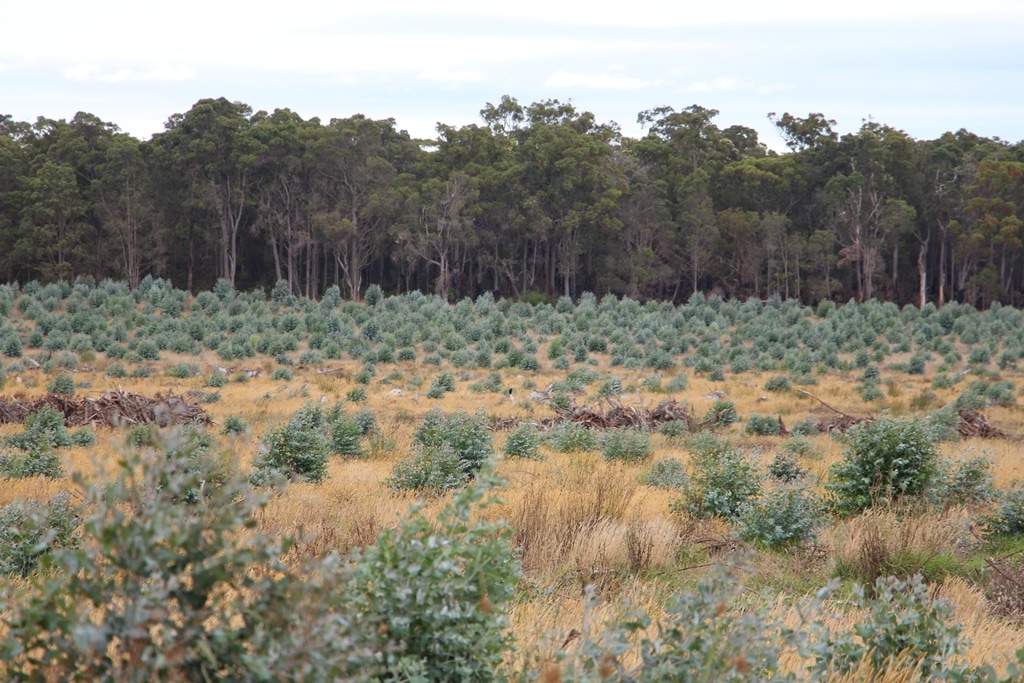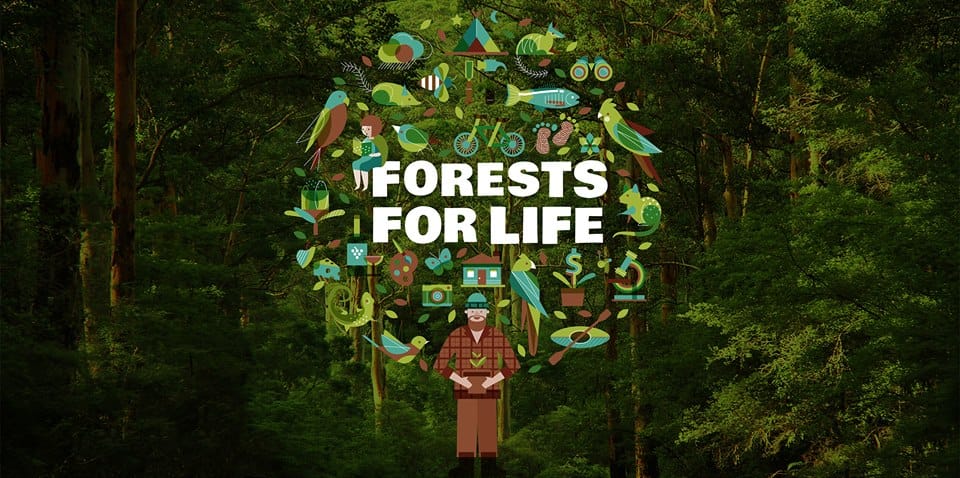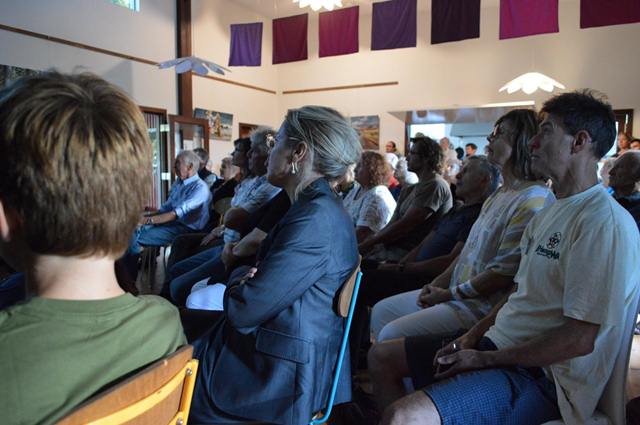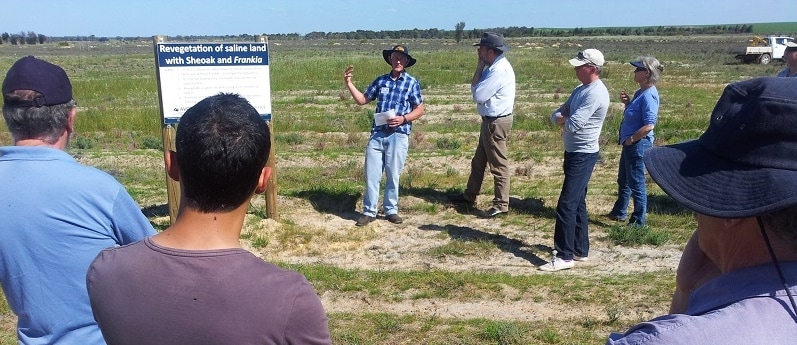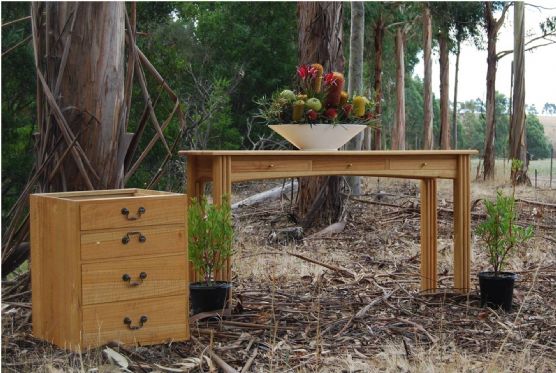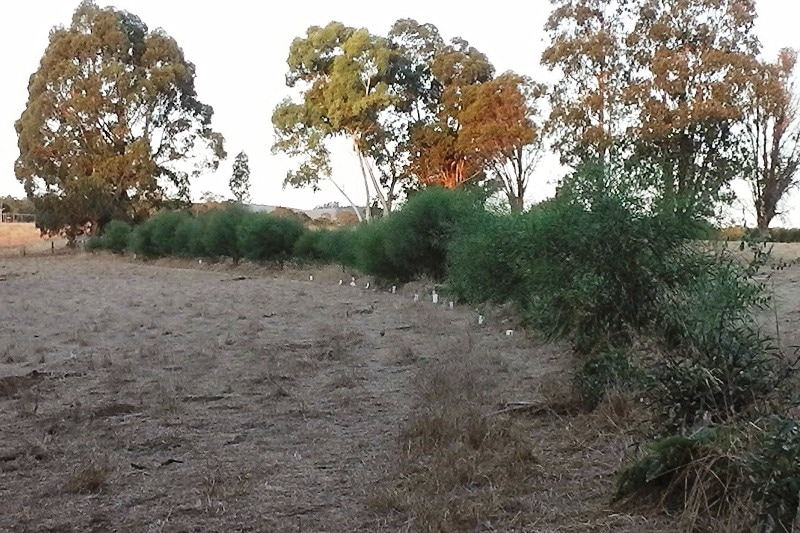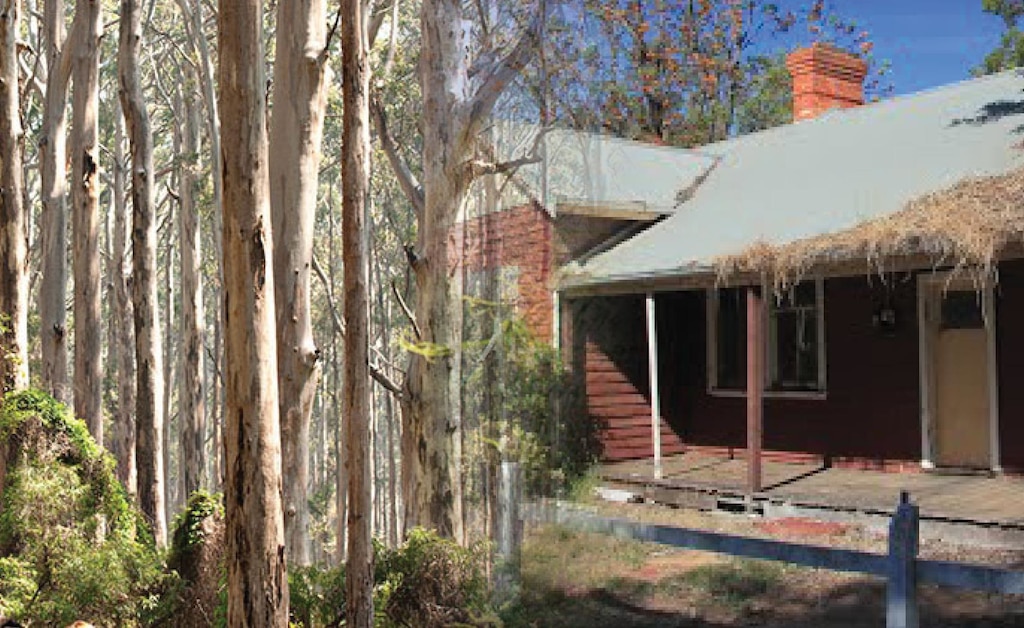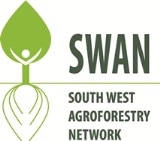As Bluegum plantations around the state mature and are harvested, many landholders are facing some serious decisions. Will they "go round again" plant a different species? manage coppice? replant? remove? return to grazing land? return to cropping land?
SWAN is hosting a field day on 6th May to look at some of these issues. A large area of bluegums on land leased by WAPRES on Wirring Road has been harvested and subdivided. The various owners have different priorities and have followed different paths which makes it an ideal setting for sharing ideas.
Some of the stumps have been mulched, some burnt and pulled out, some coppice has been killed off with herbicide with the slash pushed up into winrows for burning and some has been left to grow. Four of the landholders have generously offered to share their stories.
In addition to these topics, we will also have Jess Beckerling talking about the "Forests For Life" Programme, WAPRES talking about their bluegum management and Blackwood Basin Group's "pine for timber and cockatoos" initiative. Contact Richard Moore for details, mob. 0429 926 731 or email. [email protected].
SWAN is hosting a field day on 6th May to look at some of these issues. A large area of bluegums on land leased by WAPRES on Wirring Road has been harvested and subdivided. The various owners have different priorities and have followed different paths which makes it an ideal setting for sharing ideas.
Some of the stumps have been mulched, some burnt and pulled out, some coppice has been killed off with herbicide with the slash pushed up into winrows for burning and some has been left to grow. Four of the landholders have generously offered to share their stories.
In addition to these topics, we will also have Jess Beckerling talking about the "Forests For Life" Programme, WAPRES talking about their bluegum management and Blackwood Basin Group's "pine for timber and cockatoos" initiative. Contact Richard Moore for details, mob. 0429 926 731 or email. [email protected].
